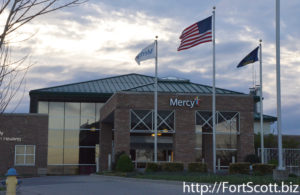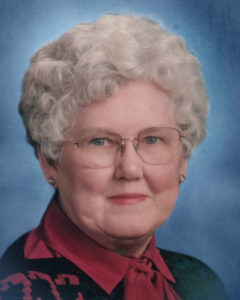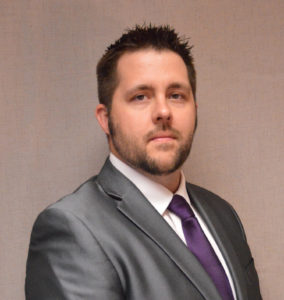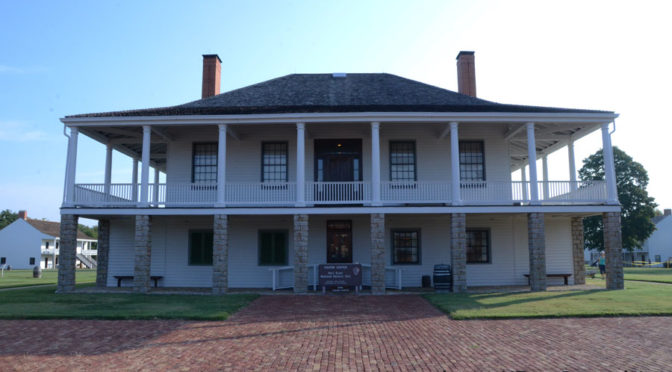Submitted by Christina Rockhold
Mercy Hospice Observes Fifth Anniversary
Hospice is more about living than dying. It’s designed to make the most of each day. And every day over the past five years, the Mercy hospice team has offered strength and support to over 475 patients and their families.

Mercy launched Hospice services on July 2, 2012, so terminally-ill patients could experience the continuum of care they had grown to trust through other services at the hospital.
“With Mercy Hospice, we help our patients live each day fully and as comfortable as possible, whether it’s through expert care, a hug, holding a hand or talking,” said Becky Davied, Mercy Home Health and Hospice director. “Our volunteers, chaplain, social worker, nurses, home health aides and physicians share a commitment to providing the utmost quality of life.”
Hospice care is appropriate when a patient has been diagnosed with a terminal illness and life expectancy is six months or less and cure-oriented treatment is no longer being pursued.
“We feel it is a privilege to journey with our patients and families at this most delicate phase of life,” shared LaShawn Noel, Mercy Hospice social worker. “And we celebrate the meaningful relationships we have built along the way.”
Hospice Chaplain Melissa George added, “Planning, education and strengthening relationships can help people deal with the fear of the unknown. In hospice, we champion quality of life, and encourage everyone to live every moment fully and completely. The holistic approach of hospice care meets the physical, emotional and spiritual needs of those we serve and their loved ones. I am privileged to minister with a dedicated and devoted team, comforting and praying with others during their most difficult times.”
More information on Mercy Hospice and volunteer opportunities is available by calling 620-223- 8090.
Mercy Named Top Five Health Care System in the U.S.
Shorter hospital stays, fewer complications and better patient results are just a few metrics used to rank Mercy as one of the top five large health systems in the nation, alongside Mayo Clinic. The 2017 Truven Health 15 Top Health Systems, which includes five large, five medium and five small systems, analyzes 337 health systems and 2,924 hospitals across the U.S. Click here to find the listings.
“The Truven Health recognition is a big deal for Mercy, and I’m proud to say that Mercy Fort Scott’s high scores and patient care outcomes contributed to the Mercy Ministry earning the award,” said Reta Baker, Mercy Fort Scott president.
Truven, an IBM Watson Health company, produces the only study of its kind to combine rigorous analysis of individual hospital performance metrics into system-level data, identifying the best health systems in the nation. This annual, quantitative scorecard uses objective, independent research and public data sources. Health systems do not apply for consideration, and winners do not pay to market their award.
“For the second year in a row, we are honored to be named one of the top five large systems in the nation for the medical care we provide to our communities,” said Lynn Britton, president and CEO of Mercy. “We are improving care to our patients while finding new and innovative ways to decrease costs. It’s no small feat, but we are dedicated, like the Sisters of Mercy before us, to provide exceptional care for all.”
Mercy, as well as Mayo, outperformed peers in the following ways:
Saved more lives and caused fewer patient complications
Lower cost of care
Readmitted patients less frequenty
Shorter wait times in emergency departments
Shorter hospital stays
Better patient safety
Higher patient satisfaction
Some of the keys to improving patient care have included a decade of efforts made possible because of Mercy’s team, leading technology and best practices:
2,000 integrated physicians – one of the largest groups in the nation – bringing family and specialty doctors together to implement proven, clinical-based best practices to improve patient care
Among the first organizations in the nation to have a comprehensive electronic health record – one patient, one record – providing real-time, paperless access to patient information
Specialty councils, made up of physicians, nurses and clinicians, representing more than 40 areas of medicine, providing best practices for everything from heart surgery to the delivery of babies.
Beyond Mercy’s hospitals and clinics in four states, Mercy – also named a top American employer by Forbes magazine – serves 240-plus hospitals across 28 states by providing virtual care, supply chain and information technology expertise.
Mercy’s Virtual Care Center is the world’s first such facility dedicated to care outside its own walls, monitoring patients 24/7/365 across the country, using high-speed data and video connections and medically intervening when and where patients need it with a comprehensive team approach.
Mercy’s supply chain, ROi, is one of the world’s top health care supply chain operations. ROi has been named to the Gartner Healthcare Supply Chain Top 25 List for eight consecutive years; the only health care provider in the world to make it in the Top 10 for all eight years.
Mercy was among the first health care organizations in the U.S. to have an integrated electronic health record (EHR) connecting all points of care. Mercy Technology Services’ broad use of its EHR has been recognized at one of the highest possible levels by Epic.






































































































